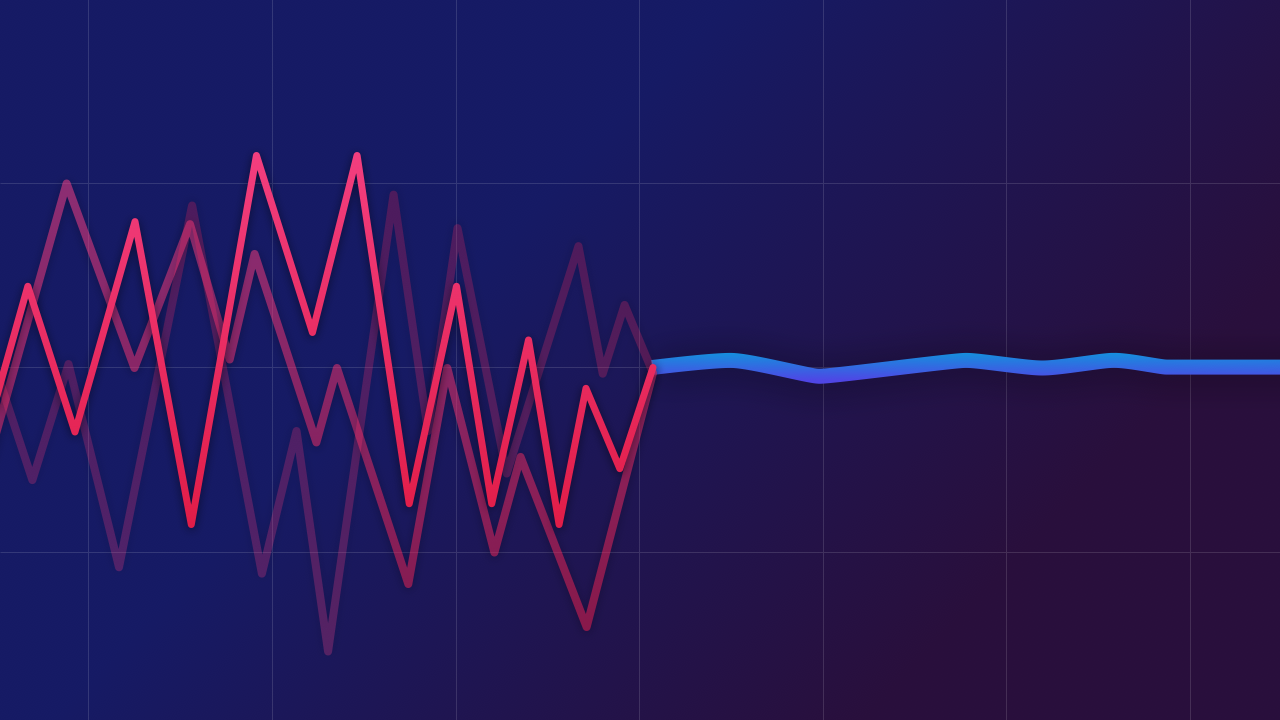
Want your business to thrive? Prioritize everyday workforce stability
As an employer, you depend on your people. When you have a steady and reliable team, you’re ready to thrive in an unpredictable world.
Unfortunately, disruptions of all shapes, sizes, and combinations chip away at your workforce’s stability every day. Without active measures to counteract them, your business can become a rollercoaster ride—up one day, down the next.
To overcome this challenge, prioritize stability as a top strategic goal. Beyond preventing turnover, your efforts should address all the daily disruptions that can throw your team off balance. By adopting a holistic solution, you can reap the benefits of a workforce that delivers consistent results.
How workforce stability impacts your business
What’s the essence of workforce stability? It means your employees are consistently available, engaged, and able to perform as expected, with minimal fluctuations in staffing levels.
A stable workforce is the backbone of your critical operations. It ensures that projects stay on schedule, customers receive high-quality service, and your business meets its goals. Stability is also self-reinforcing, fostering a positive internal culture and making it easier to attract and retain the employees you need.
When employers neglect stability, they can pay a steep price. Consider two hallmarks of an unstable workforce: high unplanned absences and turnover.
-
Unplanned absences reduce productivity by 36.6 percent due to a replacement worker, according to the Society for Human Resource Management.
-
Gallup estimates that replacing an employee can cost one-half to two times the person’s annual salary—or even more.
Today’s work environment intensifies the need for workforce stability, while also making it harder to achieve.
Hybrid and remote teams, for example, increase the complexity of ensuring that employees are engaged at their jobs and available to work. Meanwhile, a fragile workforce makes your operations even more vulnerable to accelerating risks, from viral outbreaks to cyberattacks. Workforce stability provides a buffer against a volatile world.
An everyday challenge
Maintaining workforce stability isn’t a one-off project. It’s a challenge employers need to tackle every day. Every disruption, no matter how small, erodes the readiness and availability of your team, leaving you open to more trouble ahead.
Occasional high-impact events (like extreme weather and disasters) may temporarily derail your operations. But daily disruptions such as turnover or staff burnout can quickly escalate and add even more costs over time. When these problems reach a boiling point, your operations could deteriorate virtually overnight.
If specific roles or units are especially vital to your success, minimizing staffing breakdowns is even more vital.
For example, your revenues and reputation may depend on a consistent level of frontline staff to provide customer service, seven days a week. Or specialized technicians may be needed to keep critical infrastructure running around the clock.
Are your employees on track today? That doesn’t necessarily tell you what’s brewing under the surface or what external factors could come into play tomorrow. A team may hold steady for years, only to go into a tailspin while your attention is elsewhere.
In short, daily management is a must if you want to guarantee a stable workforce. Keep tabs on your staffing every day, monitor possible signs of disruption, and be prepared to act as soon as you detect a problem.
To succeed, take a holistic approach
Threats to workforce stability can come from any direction at any moment. In addition, you face a shifting and unpredictable mix of challenges over time. Such problems often compound each other, magnifying their impact.
Are daily turnover and burnout already eroding your staff’s availability? An external shock could push your operations over the edge. If your organization handles the incident poorly, a decline in morale could disrupt your workforce even further.
For all these reasons, piecemeal point solutions don’t work to ensure workforce stability. You need a holistic approach backed by the right technical solution.
A unified, holistic solution enables you to handle all types, scopes, and combinations of disruptions, from routine HR issues to large-scale crises. It allows you to monitor signs of trouble, detect emerging issues, and respond before their impact grows.
Consider PrevailHQ’s Vantage Point, a premier workforce stability solution.
Vantage Point blends real-time threat monitoring with comprehensive internal sentiment analysis focusing on employee expectations. This software enables employers to:
-
Monitor their internal work climate, detect signs of disengagement, and stabilize their workforce from within.
-
Get early warning and mitigate external shocks such as weather, natural disasters, and infrastructure outages.
-
Troubleshoot individual challenges and assist employees one-on-one with case management workflows.
By tackling workforce stability from all angles, Vantage Point allows managers and executives to react quickly and shore up weaknesses anywhere, anytime. Vantage Point provides always-on, daily protection for any organization’s workforce through continuous, real-time data and monitoring.
Getting workforce stability right
Don’t underestimate the value of a stable workforce. In a world where anything can happen, a consistent and reliable team gives you an edge in the marketplace.
Workforce stability reduces operational downtime, ensures projects get done on time, and raises overall productivity. In addition, it enhances your reputation as an employer and helps you maintain the internal talent you need to compete.
Instead of improvising, make it a strategic priority to ensure consistent staff availability and performance.
That means monitoring and managing the entire range of disruptions that destabilize your workforce. And it means investing in holistic solutions that help you maintain your team’s equilibrium, day in and day out.